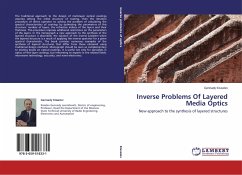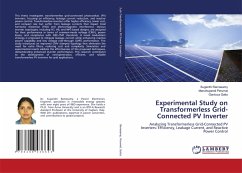
Layered Media Green's Functions
Derivation and approximation techniques for all ranges and materials
Versandkostenfrei!
Versandfertig in 6-10 Tagen
39,99 €
inkl. MwSt.

PAYBACK Punkte
20 °P sammeln!
In electromagnetics, Green s functions, i.e. the fields or potentials created by a point source, are the most important building blocks for the numerical methods like Method of Moments, Multiple Multipole Program, FEM-BEM, etc. In these methods, after a magnitude and position deciding process is carried out for the point sources, the field scattered or generated by the objects are obtained as a superposition of the Green s functions. In free-space, the Green s functions are given as analytical functions, but in the case of a layered geometry, which is the case for most of the applications, the...
In electromagnetics, Green s functions, i.e. the fields or potentials created by a point source, are the most important building blocks for the numerical methods like Method of Moments, Multiple Multipole Program, FEM-BEM, etc. In these methods, after a magnitude and position deciding process is carried out for the point sources, the field scattered or generated by the objects are obtained as a superposition of the Green s functions. In free-space, the Green s functions are given as analytical functions, but in the case of a layered geometry, which is the case for most of the applications, the field generated by the point source is obtained as a superposition of plane waves that propagate in all the directions. This gives rise to an integral with infinite bounds where the integrands are oscillatory and singular in general. In this book, a detailed analysis is carried out to obtain the layered Green s functions in a fast, robust and efficient way, with a special emphasis on the integrands for all different layer types (lossy, left handed, metal, ) and geometrical parameters. Several MATLAB codes (incl. plane wave visualizer, GPOF) used in the book are also included as an appendix.












